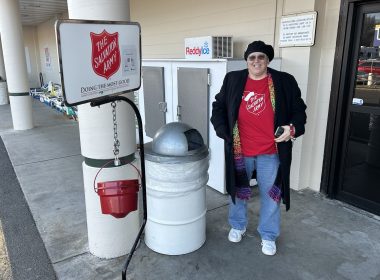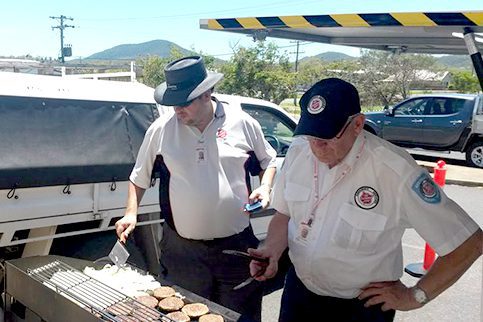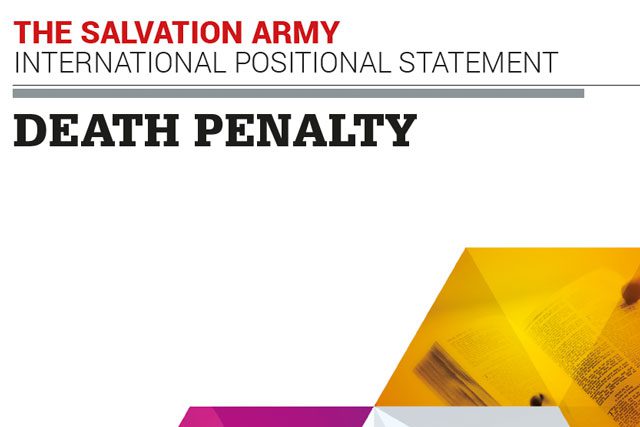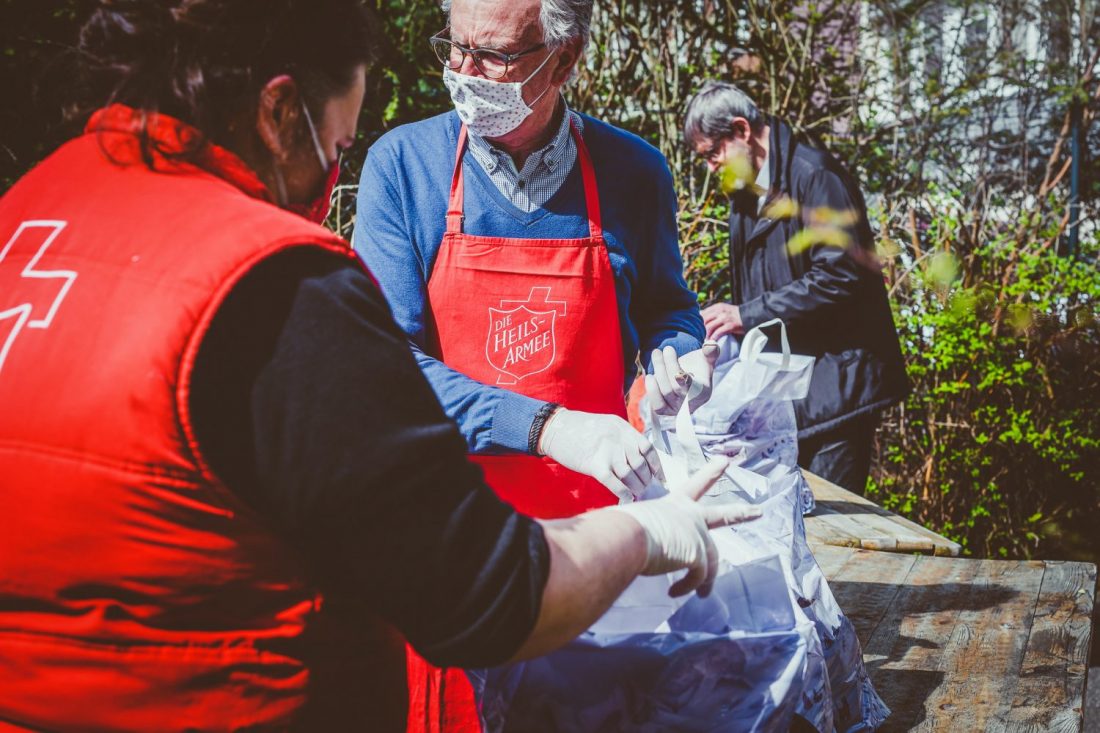Storm wreaks havoc in Queensland, Australia.
Six days after Tropical Cyclone Marcia devastated townships in Queensland, Australia, the state government donated $1 million to four organizations, including The Salvation Army, to help with relief efforts.
“This contribution of $1 million is the quickest, most direct and most effective way the government can support people in cyclone-ravaged communities as they rebuild their lives,” Premier Annastacia Palaszczuk told the Australian Broadcasting Corporation.
The Salvation Army shares the funds with Red Cross, St Vincent de Paul and Uniting Care.
The category five cyclone crossed the North Queensland coast at Yeppoon on Feb. 20, beginning a trail of destruction that stretched into northern New South Wales (NSW).
“The eye of the cyclone grazed Yeppoon and went fully over Rockhampton, with winds in excess of 155 miles per hour hitting Yeppoon and just under 125 miles per hour in Rockhampton,” said The Salvation Army Rockhampton-based Central and North Queensland Divisional Commander Major Kelvin Pethybridge, the day after the cyclone struck. “Up to 87 percent of Rockhampton has been without power since the cyclone, and it is forecast that it could take up to 10 days before power is restored. Everything that is ‘normal’ for us—water, power, and communications—just stopped working. There is hardly a street in Rockhampton and Yeppoon that has not been ravaged as a result of the cyclone.”
Farther west, the town of Biloela was cut off by floodwaters, while down the coast, Gladstone, Bundaberg and Gympie were affected by torrential rain and minor flooding. On Queensland’s Sunshine and Gold coasts, and in northern NSW, heavy rain forced the closure of many roads and flooded low-lying areas.
“Details at this point are sketchy because of the large-scale power outage that has affected communications,” said Norm Archer, director of Salvation Army Emergency Services (SAES) as the cleanup operation got under way. “SAES has been providing emergency catering to disaster-affected people and State Emergency personnel in both Yeppoon and Rockhampton. The environment there is constantly changing and quite chaotic.”
Adam Cole, SAES coordinator for Queensland, confirmed that an evacuation center operating in Gladstone had now closed.
“Our teams fed approximately 430 people in two days there,” he said. “Most efforts now will be concentrated around Rockhampton, Yeppoon, Biloela and a few other pockets, and that will evolve once power comes on throughout the week.”
Pethybridge confirmed the difficulties associated with the power outage.
“For now it’s a daily effort until the town’s power has been completely restored and we will be better able to pinpoint what the needs are. We will need to be flexible too, in how we meet those needs,” Pethybridge said. “We’re also just hearing about the needs in more remote towns and communities so we will also need to look at our involvement there. We are working closely with the council, police, and State Emergency Service to provide what is needed.
“The library in Rockhampton opened so people could charge their phones, the council provided numerous barbecue facilities so people could cook their meat that was thawing in their freezers, the SAES in Gladstone was able to provide clothes to a man who came in for food in saturated clothing, and neighbors are putting tarps over houses whose roofs were blown off,” Pethybridge said.
From salvos.org.au













